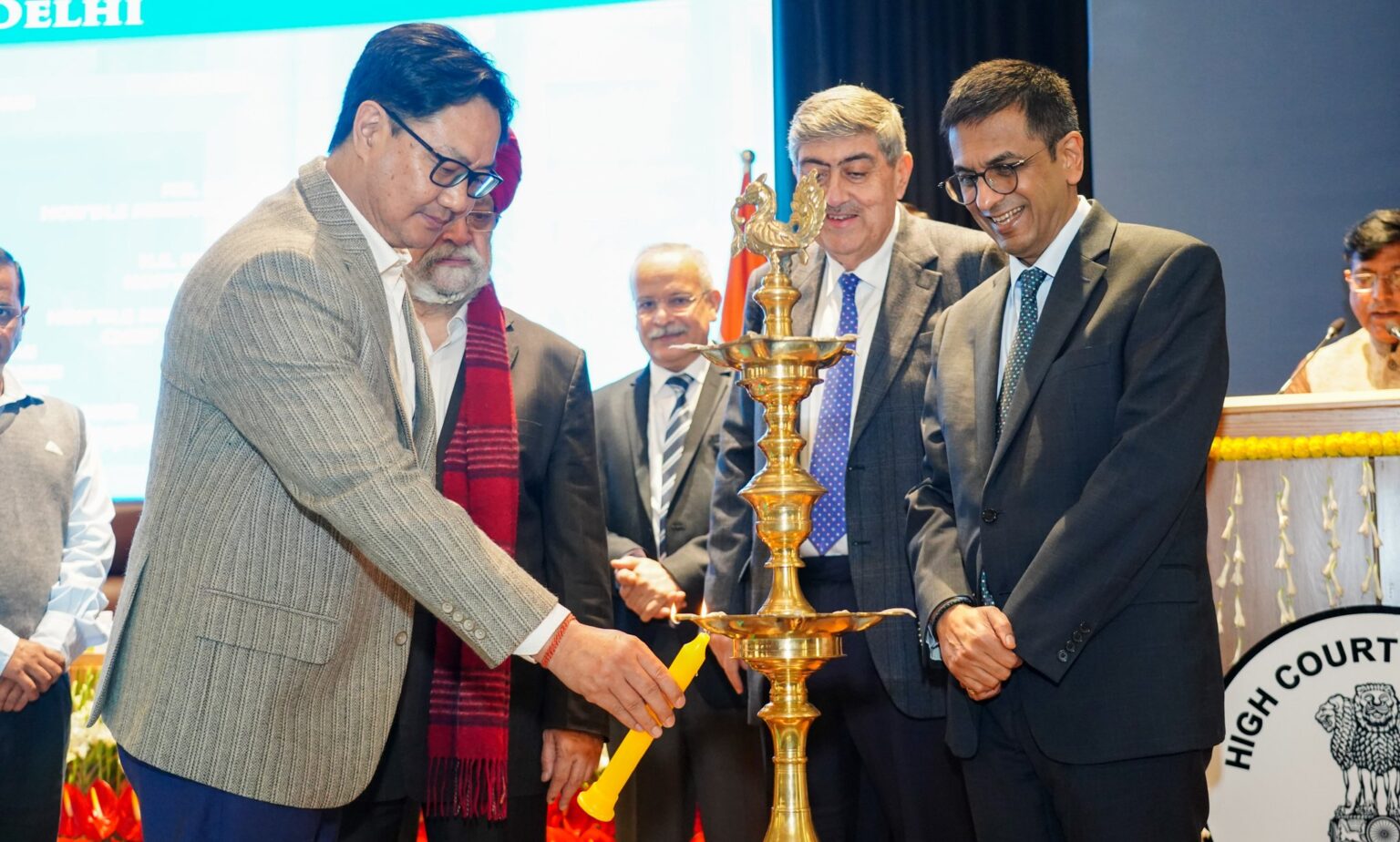The judiciary works throughout the whole year round contrary to the popular perception that it’s in a permanent vacation mode. Technically, the trial courts never shut. The High Courts and the Supreme Court go on holidays on different dates. At the most, their holidays coincide only for a week or so.
In 2022, the Supreme Court worked for 229 days. The winter holidays and the summer holidays of yore have been truncated over the years under public pressure. On ordinary days, judges hear cases from 10 to 4 with an hour’s break for lunch. They go home and read another 80 odd files per day as prep work for the next day’s court hearings.
This is their schedule in the Supreme Court for the two miscellaneous court days i.e., Mondays and Fridays when fresh cases are taken up for a preliminary hearing. Tuesdays to Thursdays they hear old cases and have to read only those files.
This punishing schedule is suspended on Saturdays and Sundays when the judges don’t sit in court to hear cases. They work from home while the registry, the top court’s administrative wing, before which new cases are filed, keeps busy.
During the slightly longish summer holidays, vacation benches hold the fort while most judges work from home writing judgements of long-heard cases. Some judges do avail of their annual leaves during these breaks but one has never heard of all the judges going on leave at the same time thanks to some salutary in-house conventions.
MUCH OF THE DEBATE FOCUSES ON QUANTITY, RATHER THAN QUALITY:
Much of the debate surrounding the courts are based on the misperception that judges don’t work or are in a permanent vacation mode leaving little room to deal with the actual problems. The less than one per cent budgetary outlay, lack of infrastructure, staff in peripheral towns and states, in lower courts, consumer forums and quasi-judicial tribunals, and the low judge population ratio as opposed to developed legal jurisdictions.
The judge population ratio is low in India. Law Minister Kiren Rijiju recently said in the Rajya Sabha quoting Law Ministry data that it was 21.3 judges per million population in 2020. The ratio is way better in most developed countries. The Law Commission had way back in 2011 suggested that a judge population ratio of 50 would be ideal by 2000. It is still woefully short of that figure.
PRODUCTIVITY ISSUES, SUCH AS TOO MANY ADJOURMENTS ARE A CULTURAL THING, MUST BE ADDRESSED
However, studies have shown that productivity issues may not be directly linked to the judge population ratio. Other cultural, systemic factors may be at play.
A study by Barry Walsh[1], showed that Delhi High Court judges were not half as productive as Australian High Court judges (compared because of near similar population, judge strength) and only disposed of half the cases the Australian judges did.
He attributed this to factors such as predominance of contested trials, low rates of settlement in civil cases, lower plea bargaining in criminal cases, propensity to adjourn cases and lack of continuous trials. Slow recording of evidence due to lack of technology was another.
Australian courts adopted best practices which made them more productive unlike Indian courts, he said. “… it is recognized in Australia that effectively deterring behaviour which defies or seeks to evade judicial policy and court orders, is a key to assuring judicial productivity. Arguably this connection is yet to be recognized in India[2].”
GREATER USE OF TECHNOLOGY TO CUT DELAYS
While technological aspects may have been addressed due to the sudden imperative switch to virtual hearings due to covid, the other aspects — including the need to deter delaying behaviour on part of all stake-holders — need to be addressed.
A debate focussing only on quantitative changes to get rid of the judicial pile-up rather than a qualitative approach addresses only superficial changes and not the much-needed systemic changes.
SETTLEMENT MUST BE ENCOURAGED IN CIVIL CASES; PLEA BARGAINING IN CRIMINAL CASES
Indians are by no stretch of imagination litigious and more and more cases will be filed as average incomes go up as studies have shown. Urgent steps must hence be taken to clear the existing backlog as quickly as possible.
This could be by appointing ad hoc judges to clear routine cases, encouraging settlement of cheque-bouncing cases, getting the government to settle rather than argue petty matters in court and putting in place a national judicial service.
[1] This article is based on a conference paper prepared in October 2005 and first published in an anthology, Judicial Reforms in India: Issues and Aspects, Editors: Arnab Kumar Hazra and Bibek Debroy, Academic Foundation with Rajiv Gandhi Institute for Contemporary Studies, New Delhi: 2007. The author is an Australian justice sector development consultant who lived and worked in Delhi during 2004 and 2005, leading studies of the workings of its court system under projects sponsored by the Asian Development Bank.

